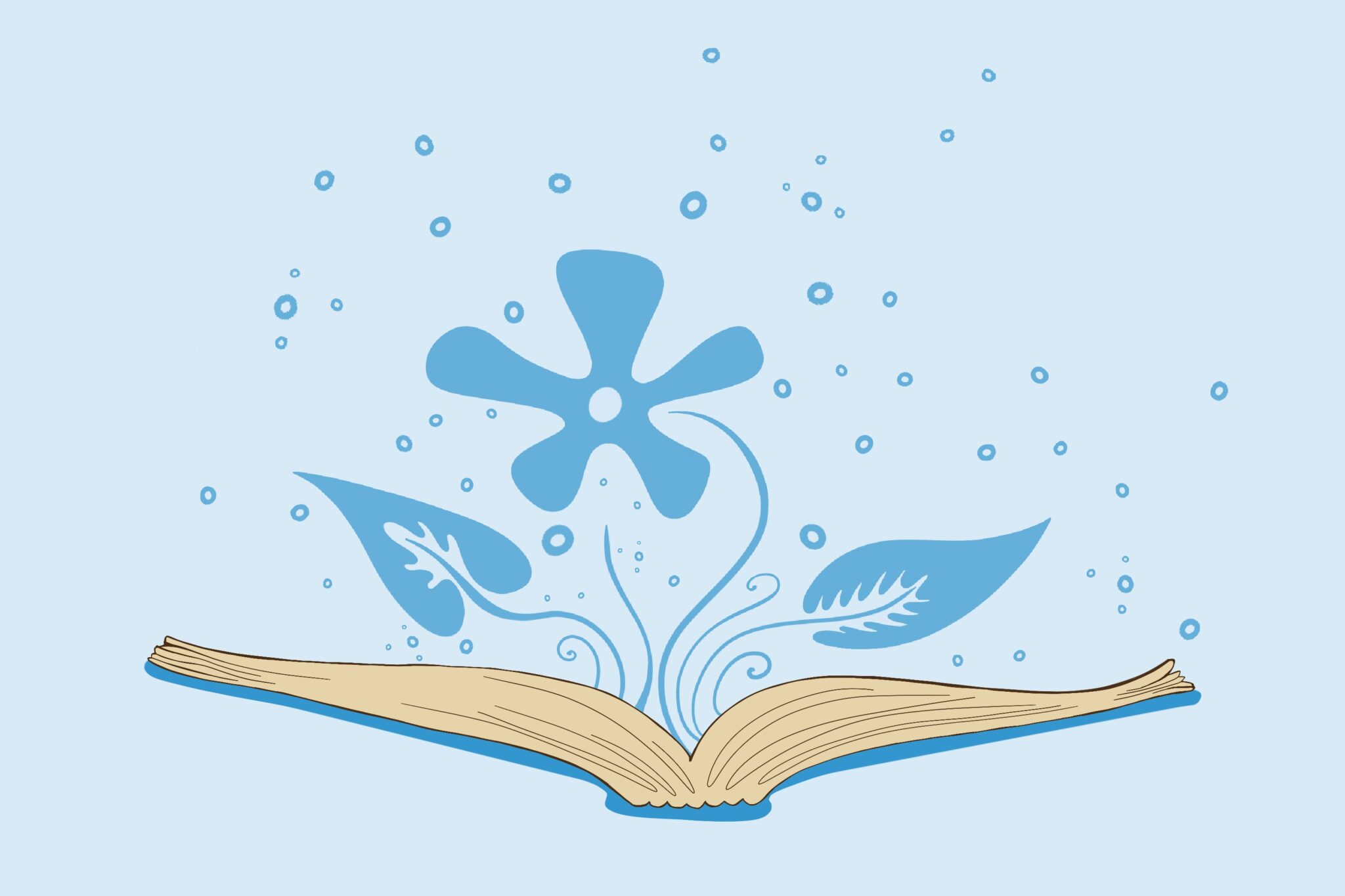When do Children Learn to Read?


Learning to read is a major accomplishment and milestone for your child. While there are many ways to teach reading, it’s always best to follow your child’s cues when it comes to teaching letters and recognizing those first words. Many studies have shown that strong reading skills are related to academic and professional achievement. Reading can also be a fun activity and a bonding experience for you and your child.
According to the U.S. Department of Education, most children learn to read by the age of 7. This is accomplished through a complex process of language skills that children begin learning at birth. What must children learn before they are able to read? How can parents help facilitate the learning process?
Basic components of reading
Research has shown there are five early reading skills that children must develop in order to become successful readers:
Phonemic awareness: Being able to identify individual sounds — or phonemes — in words.
Phonics: Being able to understand the association between letters and their sounds.
Reading fluency: The ability to recognize words quickly and accurately.
Vocabulary development: Children must be able to actively build their vocabularies and learn the meanings and pronunciation of words.
Reading comprehension strategies: Children learn how to become good readers by being able to understand and derive meaning from what they read.
Why is reading aloud important?
Reading aloud to your child helps promote the development of language and literacy skills. The U.S. Department of Education recommends reading aloud to your child beginning in infancy. Research has shown that babies as young as 6 weeks old can find enjoyment in reading together and looking at pictures. By the time children are 3 years old, they develop an understanding of printed words and letters. Reading aloud to your child is vital because it helps your child acquire the needed skills to be successful in school and during adulthood, including:
The relationship between print and sound
An understanding of printed letters
How written language differs from normal conversation
The meanings of a variety of words
Exposure to different writing styles and how books work
Sources:
- U.S
- Department of Education
- “Typical Language Accomplishments for Children, Birth to Age 6—Helping Your Child Become a Reader.”
U.S - Department of Education
- “Reading Tips for Parents.”
U.S - Department of Education
- “Teaching Our Youngest.”
Powered by Bundoo®










































